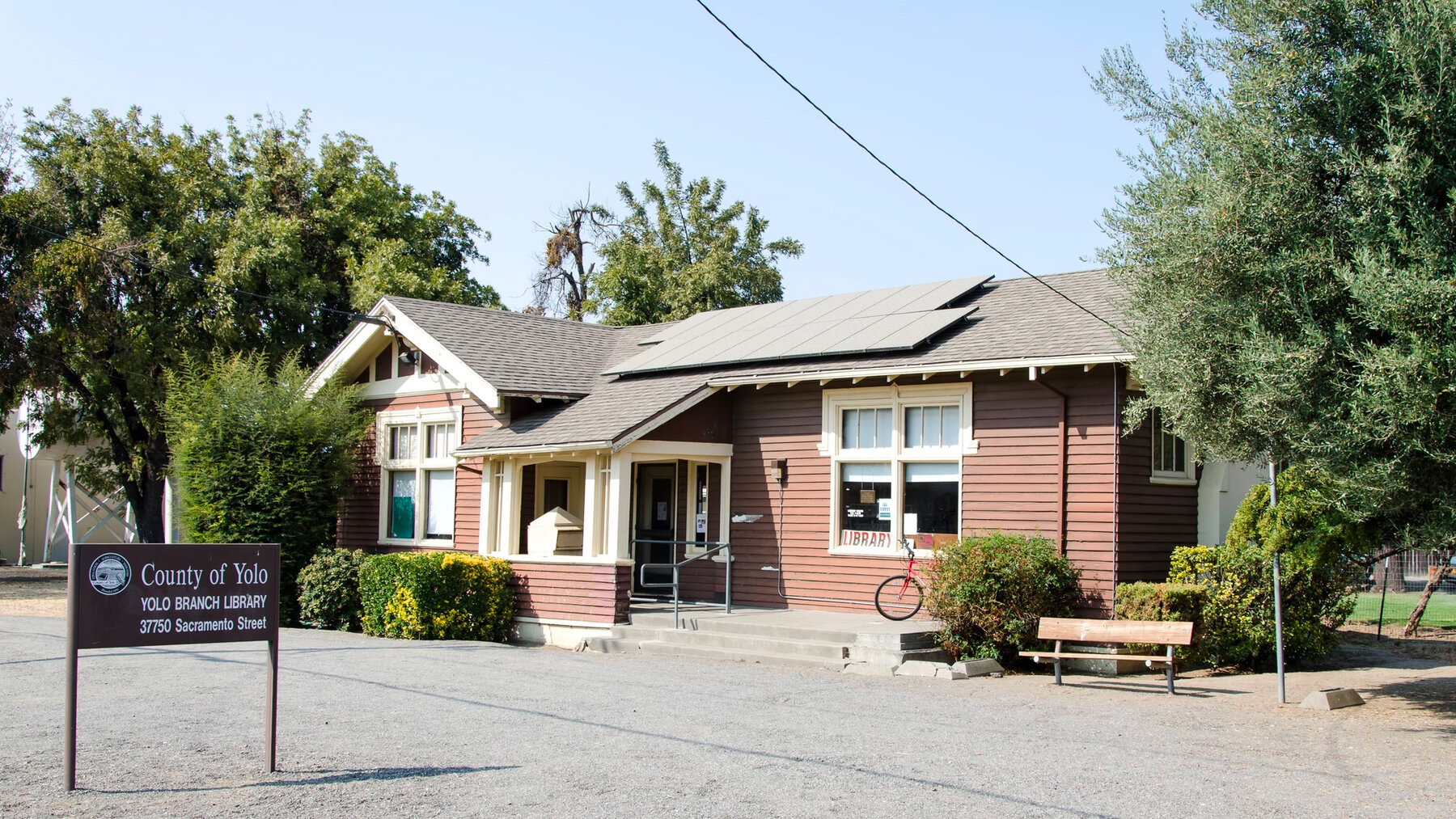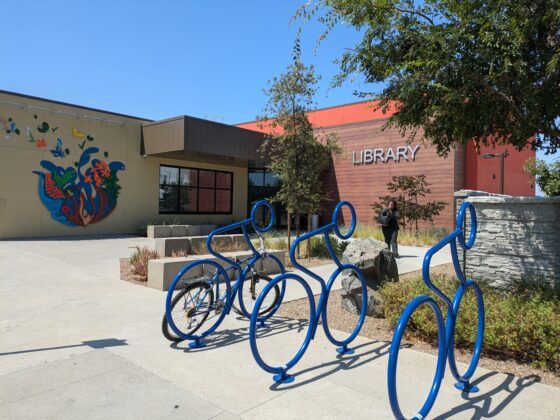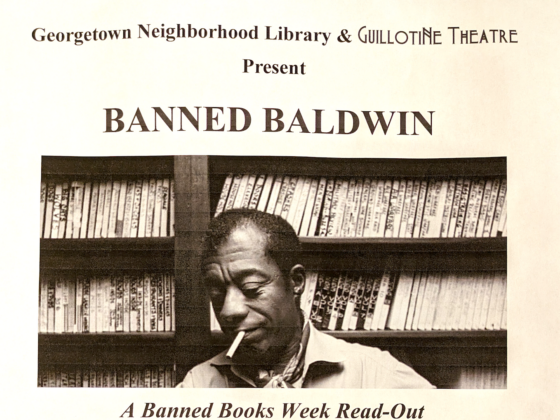The March issue of The Atlantic, just out now, features Jim’s cover story, “Can American Put Itself Back Together,” which reports on our American Futures project. I have a short accompanying piece called “The Library Card,” which is about one of my favorite American institutions, the public library.
My piece highlights three areas—education, technology, and community—where public libraries are becoming integral to the social and civic health of towns. The reporting for the piece comes from the dozens of public libraries that I have visited around the country over the past three years. We’re still going! I have written detailed posts about many of them for TheAtlantic.com. I’m still writing!
Columbus, Ohio
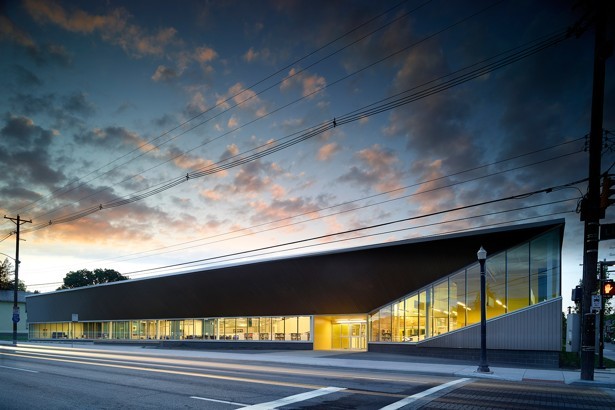
The Columbus, Ohio Metropolitan Library system has 25 libraries, including the historic Andrew Carnegie-sponsored main branch. The Columbus system is a wonderful example of how public libraries are both staying true to their mission of being open and free to all, while responding sensitively and rapidly to the world a century after Carnegie. For starters, this means changing physical space, answering diverse needs of the diverse population, and balancing traditional and digital holdings.
Bend, Oregon
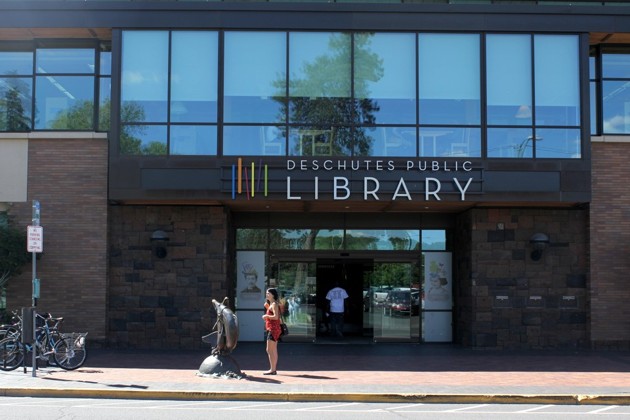
The Deschutes Public Library in Bend, Oregon, wages intense efforts on connecting itself to its community. The librarians have renamed themselves “community librarians.” They venture out to embed themselves in the civic life of the community, joining clubs and organizations, to forge relationships that translate into programs to better serve the community.
Redlands, California
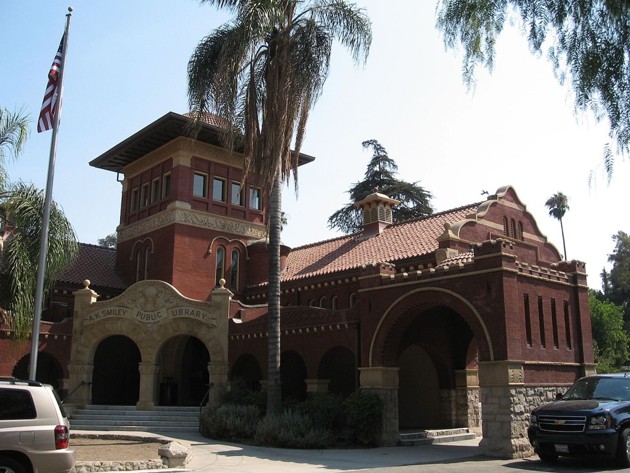
A hallmark mission of the A.K. Smiley Public Library in Redlands, California is as steward of the rich history of the town, which was first settled by wintering Easterners as an orange-growing community. The library grounds include a shrine to Abraham Lincoln, an outdoor performance bowl, and now underway, a town history museum.
Winters, California
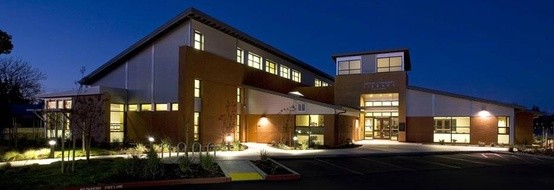
In tiny Winters, California, the public library is a driving player in the social and community life of this agricultural town, from its role as convener of public events to being a magnet for town’s kids, to acting as a uniter of the diverse population of the town.
Charleston, West Virginia
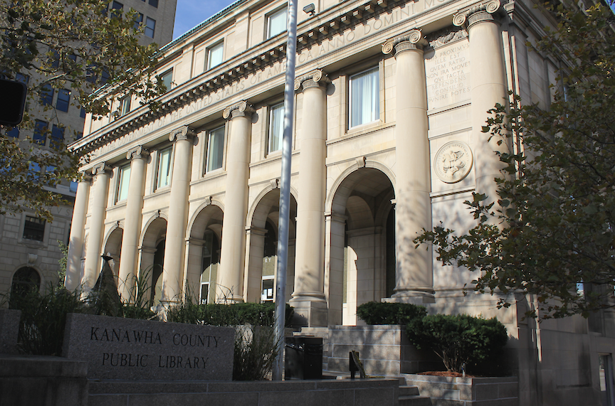
The public library is an example of the best of American democratic institutions, being of the people, by the people, and for the people. Voters in Charleston, West Virginia demonstrated democracy at work when they passed a levy to tax themselves—even as they were struggling to emerge from the recent recession—to keep their library afloat and start to build back what they had lost.
Duluth, Minnesota
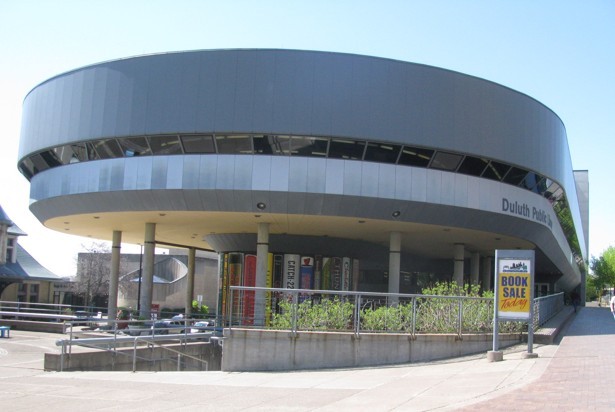
What do public libraries mean to the library users of yesterday and today? Many points of view and many recollections are presented here. They include frequent comments about the importance of libraries in finding jobs, pursuing hobbies, and as a source of help in everything from continuing education, honing skills in technology, and as a haven in stormier parts of their lives.
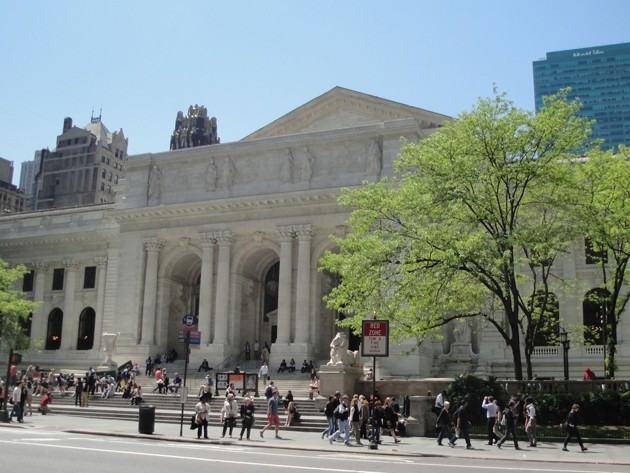
The mothership of all libraries, the New York Public Library, with its 90 some branches, is pushing the imagination across a spectrum from the elite writers and researchers who have traditionally used the main library as their workspace to those who are seeking what they may lack at home: quiet, air conditioning, books, and computer access.
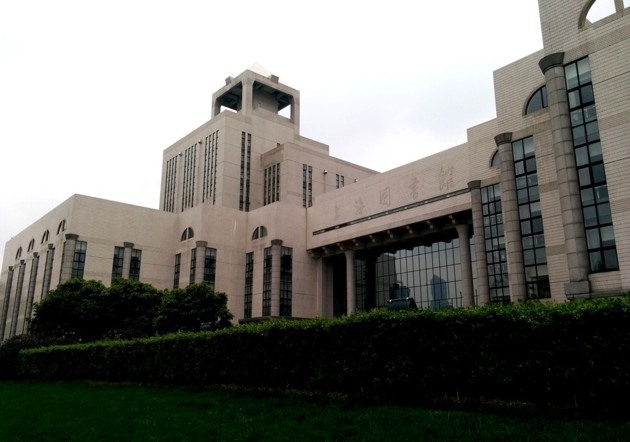
And finally, a bonus. On a recent trip to Shanghai, I stopped by the amazing, sprawling main library to visit their new maker space. The beautiful, white, serene, and even pristine maker space felt more like a museum display than a creative working space. It was empty but for a few young people seeking a restful environment. This marked a sharp contrast to maker spaces I have seen in American libraries, which—in role reversal with China—are bustling and even a bit chaotic.

